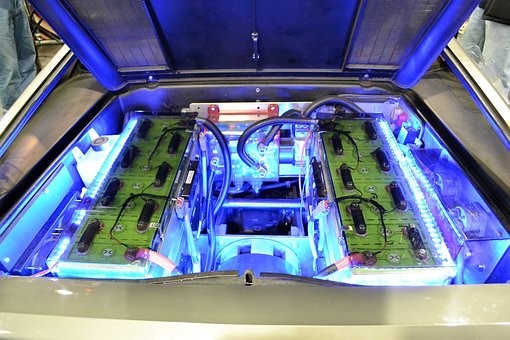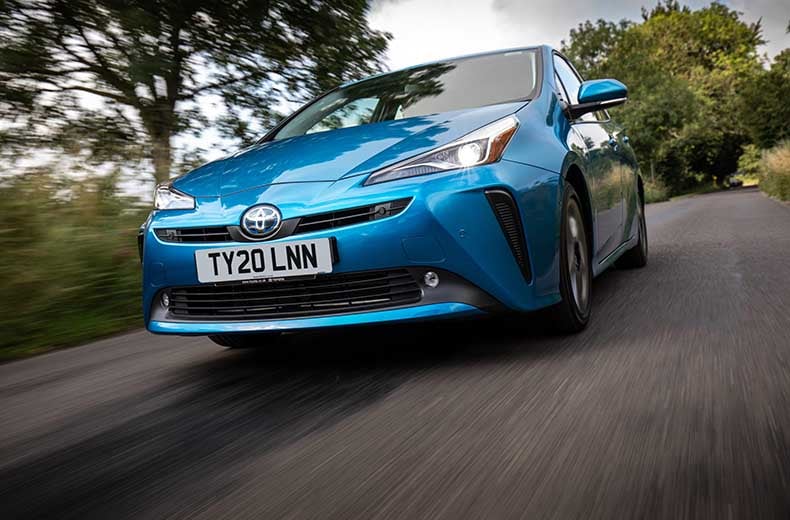

This type of hybrid engine is being used more often in public transport applications, such as buses and taxis. However, it is the most compromised on performance. Range extender hybrids, similar to parallel hybrids, can also get power from regenerative braking, which makes this the best type of hybrid for inner city driving.

Range extenders use the electric motor as much as possible, only switching to power from the smaller fuel-based engine when the batteries are low. Range extender hybrid cars use their petrol engines only to power the electric motor, rather than to power the vehicle itself. Coasting is a similar driving method for petrol vehicles to maximise range and MPG (Miles per Gallon), allowing the car to coast to a stop on its own. An internal mechanism kicks in, capturing the energy emitted and using it to charge the battery, reducing the need to recharge the battery on a regular basis. When driving a hybrid vehicle, every time the brake is applied, it helps to recharge the battery. The electric motor isn’t usually charged externally, and instead is powered from a combination of regenerative braking. Most parallel hybrids will use the electric motor only at low speeds and when stop-start driving in city centres, however when accelerating quickly or driving at high speeds, it will quickly activate the petrol engine to increase the power. Parallel hybrids will have a relatively powerful electric motor, combined with a smaller petrol engine that is used to support it, rather than power the car independently. The Prius and vehicles like it can be powered by the petrol engine, the electric motor or a combination of both, to reduce fuel consumption without compromising on performance. Out of these, the most popular type of hybrid vehicle at the moment is the parallel hybrid - a good example of this kind of hybrid is the Toyota Prius. The most common types of hybrid vehicles include parallel hybrids, range extender hybrids and plug-in hybrids. There are different types of hybrid vehicles, all of which work slightly differently, using both petrol and electric components in order to power the vehicle. Hybrid vehicles are growing in popularity as companies become more environmentally conscious. Here are a few considerations: Hybrid Cars Hybrids, petrol and electric cars all have their own advantages and disadvantages, and the vehicles you choose will be based on your fleet’s unique needs.

With the Allstar range of fuel cards, there are several options including the Allstar One Electric card, which can support purchasing fuel or electric vehicle charging. In the past petrol and diesel were the only fuels available to power vehicles, however since the late 1990’s hybrid vehicles, which uses a combination of traditional fuel and electricity, have been produced and more recently electric vehicles have been an option.Ĭompanies are now opting to future proof their fleets by introducing a variety of petrol, hybrid and electric vehicles.

With petrol, electric and hybrid cars available, there are many options nowadays when it comes to powering your vehicle.


 0 kommentar(er)
0 kommentar(er)
